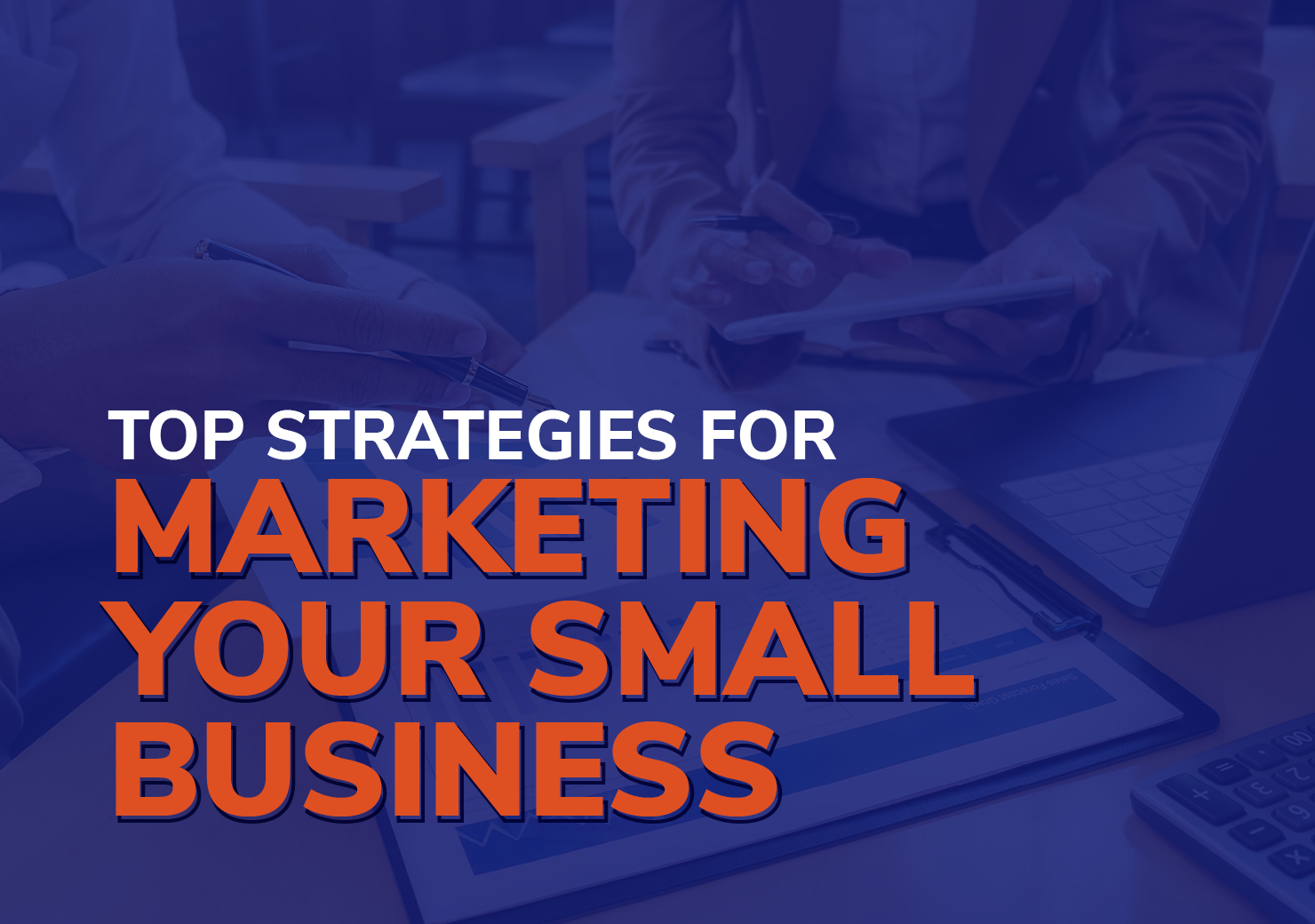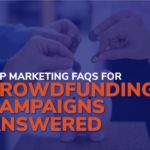4 Top Strategies for Marketing Your Small Business

As a small business owner, you know that marketing is crucial to keeping your business afloat. After all, it’s how you attract visits from new and existing customers, where they make purchases that allow you to keep offering your products and services.
To effectively reach and retain customers, your business needs a robust plan incorporating marketing best practices. In this guide, we’ll discuss four top strategies for promoting your small business. By the end, you’ll have a firm understanding of how you can level up your marketing efforts. Let’s get started!
1. Determine your audience’s marketing preferences.
The first step to creating an impactful marketing strategy is to pinpoint your audience’s marketing preferences. It doesn’t matter how compelling your content is or how much time you spend creating it if it doesn’t align with your audience’s expectations.
Start by identifying your target audience. This includes their:
- Demographics (age, location, income, etc.)
- Interests and hobbies
- Buying habits
- Needs and challenges that could be solved by your business’s offerings
Then, consider their marketing preferences, such as their:
- Preferred channels. No matter how much effort you put into your marketing strategy, it’s only worthwhile if your audience actually sees your promotional materials. Determine your target audience’s preferred channels, such as email, SMS, and social media, to deliver content where they’ll see it.
- Consumption habits. This includes the type of content your audience prefers to consume, such as articles, videos, or infographics. It also includes the length of the content, duration of consumption, and when they usually consume marketing content. For example, you may find that your audience prefers to view short-form video content on social media after 6 PM on weekdays.
- Engagement style. Does your audience prefer content they can passively engage with or actively engage with? Content types like articles and videos promote passive engagement, whereas content for active engagement includes quizzes and polls.
Use this information as the foundation of your marketing strategy to ensure your messages reach the consumers who are most likely to make a purchase from your small business. Shape your content to meet their marketing preferences to ensure they connect with your message and want to explore your business’s offerings further.
2. Use multiple marketing channels.
Once you know your audience’s preferred marketing channels, you can begin creating content for them. Taking a multi-channel approach will maximize your reach and capture the attention of individuals who strongly prefer one channel over others. And for consumers who regularly use and check multiple platforms, it’s a great way to keep your business top of mind.
Here are examples of common marketing channels small businesses use:
- Website. Deliver a user-friendly experience with your website by ensuring it is easily navigable and following accessibility best practices. Look into search engine optimization (SEO) as well to increase your website’s traffic.
- Email. Email newsletters allow you to connect with individuals who have previously expressed interest in your business and keep your products and services top of mind.
- Social media. With more than 5 billion social media users worldwide, these platforms provide an avenue for you to connect with tons of new potential customers. Popular social media platforms include Facebook, Instagram, and TikTok.
- Text message. Text messages can yield an open rate of 95%, making them a popular channel for staying in touch with existing customers and retaining their patronage. However, due to character count limitations, these marketing messages are best for brief announcements like sales.
- Direct mail. Although many marketers focus on digital promotions, direct mail is still a valid and effective way to reach your customers. Send out mailers introducing new products or services and include discount coupons to pique interest.
- Flyers and signs. For businesses that sell to people in their local community, such as massage practices or dance studios, this is a great way to boost visibility. Be sure to post your flyers and signs in high-traffic areas to maximize your reach.
Although there are plenty of marketing channels your business can use, start with the ones your audiences prefer the most. Take NPOInfo’s advice and conduct data appends to determine which channels your customers frequent. Additionally, assess the data from your previous marketing efforts to see which channels drum up the most engagement and traffic and focus on them.
3. Incentivize reviews and referrals.
With the rise of social media, most businesses focus on digital marketing as their main promotional avenue. However, word-of-mouth marketing is still effective, with studies showing that 55% of consumers learn about products through word of mouth and that 92% of consumers trust recommendations from friends and family over all other types of advertising.
To generate more buzz for your business through word of mouth, incentivize returning customers to leave reviews and refer your business to their peers. For reviews, your incentive can be as simple as offering a discount coupon in exchange for them leaving a review of your products or services on Google.
Referrals are slightly trickier to manage, and it’s best to incentivize them through a dedicated referral program. Here is how it works:
- You promote your referral program to your customers.
- Customers then spread the word to their networks about your business.
- The customer’s friend or family member makes a purchase from your business.
- The customer receives a small reward, like a discount or gift card, in exchange for each successful referral.
You can even sweeten the deal by offering the person who was referred to your business a small reward as well.
This is a particularly good marketing method for businesses that require a lot of community support. For example, many thrift stores rely on community members to provide inventory. With many positive reviews from new and returning customers alike, they can spread the word about their store, boost public opinion and reputation, and establish a positive brand image. In turn, this makes it easier for them to sustain the long-term engagement and relationships they need to keep their stores stocked.
4. Partner with other businesses.
To expand your small business’s potential audience, tap into the audiences of more established but non-competitive companies in your community. Most often, this looks like forming a temporary or long-term partnership between businesses, where both gain some sort of benefit.
Let’s take a massage practice, for example. According to MassageBook, these businesses might partner with:
- Health and wellness centers. These include businesses like yoga studios, physical therapy clinics, gyms, and fitness centers. They all offer services and products that are adjacent to massages, making them likely to be interested in partnering with a massage business.
- Spas and salons. Spas and salons are also in the business of helping customers relax and rejuvenate themselves, and many of them don’t offer massages in-house. They may be willing to partner with you to offer their customers even more pampering treatments.
- Corporate wellness programs. Companies focusing on employee wellness may create dedicated programs to incentivize and encourage them to stay healthy, such as offering gym membership stipends. They may also be open to partnering with a massage business, especially if the business articulates how massages help with well-being.
In this partnership, the massage practice may offer discounted massage billing to patrons of these businesses. In exchange, the other business will promote the massage practice, either by featuring them in marketing materials or allowing them to leave flyers and brochures in their offices.
For your small business to reach a sustainable profit level, it’s not enough to just focus on attracting customers. You must promote your offerings to individuals most interested in purchasing them. With these strategies, you’ll be well on your way to boosting visibility in your community, meeting your target audience where they are, and acquiring the customers you need to see greater revenue generation.


